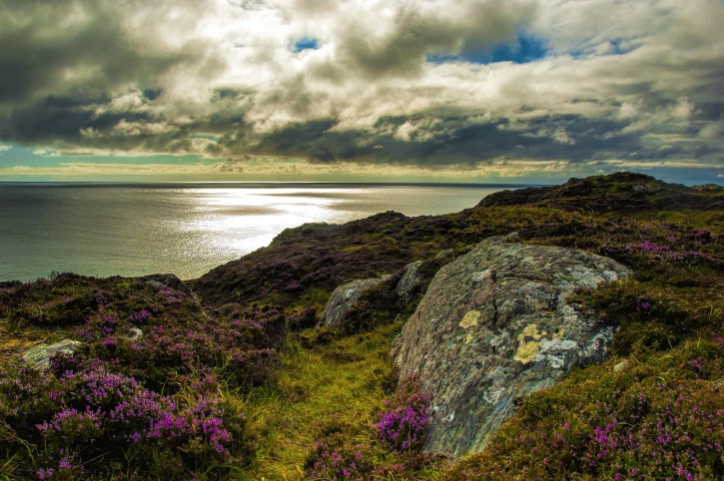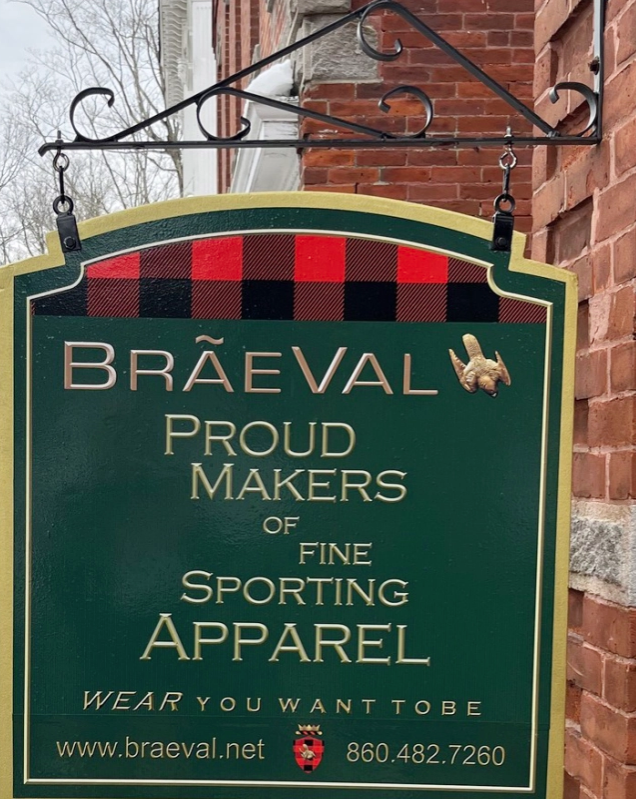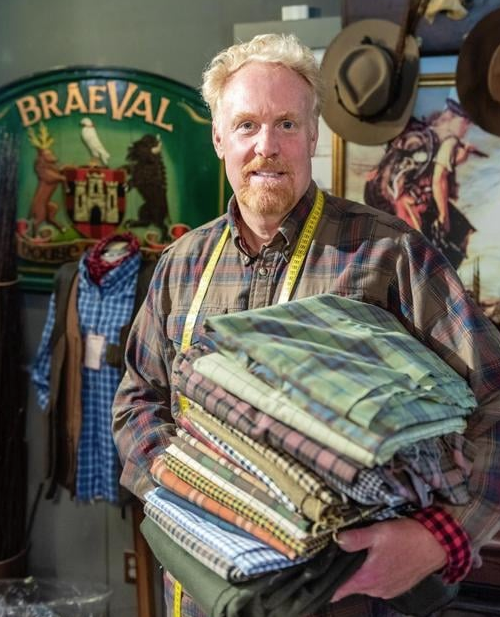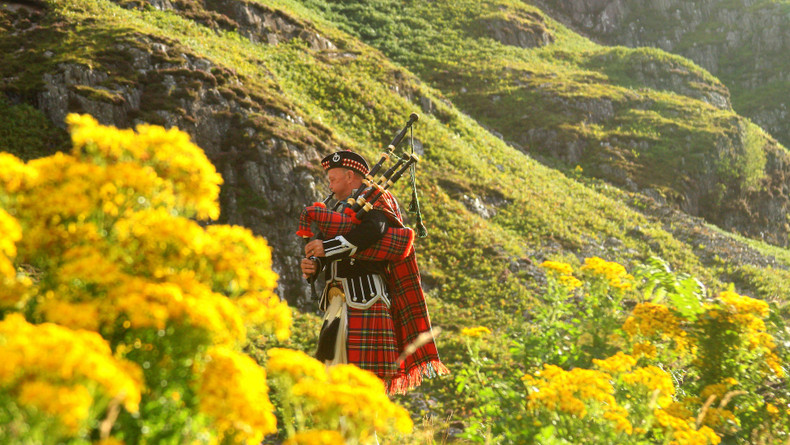Tartans have a long and complicated history. For many people, tartans conjure up the moody, misty, heather-strewn glens of the Scottish Highlands. Most historians, according to the Scottish Tartan Authority, believe that tartan was worn in the Scottish Highlands since the Third century. How it was conceptualized and exactly who produced the first tartan cloth remains lost in the mists of time.

Traditionally, made from wool, using a simple two-over-two twill weave to create a bright pattern of interlocking stripes, tartan cloth was made into clothes first worn by the Gaelic-speaking clans located in the north of Scotland. Today, we know this area as the Scottish Highlands. Tartans began to gain popularity in 1471 when the tartan cloth was purchased for King James and his Queen, making it popular in the Scottish court. In 1535, it became so popular that King James V wore tartan when hunting in the Highlands, and by 1587, documents show that Hector MacLean of Duart paid taxes owned on his land with his green, black, and white "hunting" tartan cloth, not with money. By the early 1700s, Scottish Regiments adopted tartans for their uniforms, with the Black Watch as the first Highland Regiment to appear in tartan.

The trouble with tartans began to brew in 1746 when Scotland's Bonnie Prince Charlie (Charles Edward Stewart) led an army of tartan-clad warriors, known as the Jacobites into England in 1745. This uprising attempted to topple England's Protestant King George II from the throne and to restore Scotland's Catholic House of Stuart. By wearing tartan and Highland dress, the warriors showed allegiance to Scotland's Bonnie Prince Charlie, also known as "the Younger Pretender" due to his dashing good looks. After the Jacobite defeat at Culloden in 1746, which ended the Stuart cause, all Highland dress and traditional clothing that reflected the cultural heritage of the region was banned. It wasn't until 1822 that King George IV lifted the ban by wearing tartan on his first visit to Scotland to encourage unity between Britain and Scotland.

Through the centuries, tartan patterns have proven to be surprisingly flexible with a timeless appeal in regard to the whim of fashion, and in some cases politics. One of the key reasons why tartan has remained popular is because of its versatility. It can be worn up or down, in the field or out on the town. Today, actors and models, politicians and royalty, hip-hop musicians and punk rockers, as well as regular working folk - men, women, and children, all enjoy wearing tartan at one time or another.

Connecticut's best shop for tartan shirts, for men and women, is BraeVal in the center of Litchfield. BraeVal is a Scottish word for the Upland River Valleys that exist between the mountains and the rugged brae of the Scottish Highlands where streams and rivers tumble into the lochs and the turbulent North Sea and Atlantic Ocean. Best of all, there is no tartan ban here ... they are alive and well - and thriving! A visit here is almost as good as a ticket to the Highlands! They also have a easy to use website.

What makes BraeVal in Litchfield distinctive is that it is the home of Buffalo Plaid tartan brought to America by the owner's uncle Big Jock McClusky. All the cuffs and collars of BaeVal's custom-made tartan patterned shirts are embellished with Buffalo Plaid to acknowledge how this tartan crossed the Atlantic and became distinctly American. The tartan apparel found here is unique because it is made of a trademarked fabric that is an all-natural combination of ring-spun Merino wool and long-staple cotton that not only lasts for years, it also self-regulates in a variety of temperatures ensuring total comfort. At BraeVal, tartan patterns are always evolving to meet new fashion trends and environmental standards.


